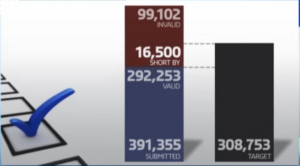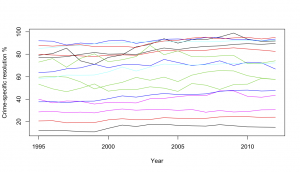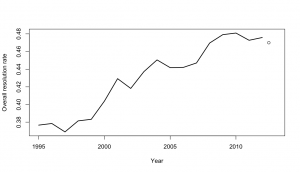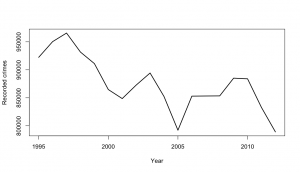Your guess is as good as ours
There’s currently discussion in NZ about whether to change the 5-yearly census. North America is providing some examples of what not to do.
Canada decided a while back that they were going to chop most of the questions off the census and put them in a new survey. The new survey is still sent to everyone, but is voluntary — the worst of both worlds, since a much smaller survey would allow for more effort per respondent in follow-up. Frances Woolley compares the race/ethnicity data from the 2006 Census and the new survey: the survey is dramatically overcounting minorities.
In the USA, a Republican congressman has proposed a bill that would stop the Department of Commerce and the Census Bureau from collecting basically anything other than the census. That would wipe out the American Community Survey, the detailed 1%/year sample that provides a wide range of regional data. It would also wipe out the Current Population Survey, used to estimate the unemployment rate. Fortunately for the US economy, there’s no chance of this bill becoming law: the business community hates it, and Senate will never pass it. It’s still worrying that there’s a public-opinion advantage in pretending you want to abolish the government’s economic data collection.





